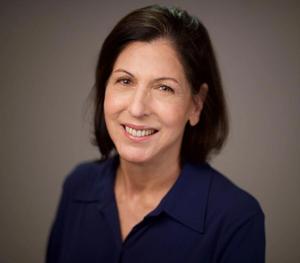Recent achievements in the scientific community have been overshadowed by ongoing tensions between President Donald Trump and American universities. In just three days, six U.S.-based scientists were awarded Nobel Prizes, all affiliated with public universities, highlighting the vital role these institutions play in global research and innovation. Five of the laureates have ties to California’s renowned higher education system.
Trump has publicly criticized universities for their handling of free speech and alleged unruly behavior among students, which he claims includes instances of antisemitism. While there are valid points in his critique, much of his approach appears to involve targeting universities for funding cuts. He has framed these cuts as efforts to “save” taxpayer money, stating, “We will cut funding by X$ and thereby save Y$.”
In the realm of medicine, Mary Brunkow and Fred Ramsdell, both from the University of California, shared the Nobel Prize with Shimon Sakaguchi, who is based at Osaka University in Japan. Brunkow attended the University of Washington and Princeton, while Ramsdell earned both his bachelor’s and doctorate degrees from the University of California, San Diego, and Los Angeles respectively.
In physics, the Nobel Prize was awarded to three scientists, including John Martinis, who completed all his degrees at the University of California, Berkeley. Their groundbreaking work on “macroscopic quantum mechanical tunneling and energy quantization in an electric circuit” underscores the importance of research conducted at these institutions. In chemistry, Omar Yaghi, a faculty member at Berkeley, was also recognized. He completed his undergraduate education at the State University of New York at Albany and obtained his Ph.D. from the University of Illinois at Urbana-Champaign.
The significance of universities extends beyond awards; they are crucial to the U.S. economy. For instance, if California were a separate nation, it would boast the world’s fourth-largest economy, largely due to the innovation and research driven by its public universities. Trump’s proposed budget cuts threaten this success, with potential layoffs and reduced federal grants looming over institutions like UCLA, which faces a freeze of approximately $584 million in federal grants.
Some California lawmakers are discussing initiatives to mitigate these funding losses. They are considering a $23 billion bond measure for the 2026 ballot aimed at replacing federal funding for scientific research. If successful, this measure would allow California to offer grants and loans to its universities and research institutions, effectively bypassing the National Institutes of Health (NIH), the largest global funder of medical research.
The implications of this shift in funding could be significant. With at least 24 campuses of the University of California and California State University already experiencing cuts to NIH training grants, the state’s move could alter the landscape of scientific research across the country. As California seeks to reclaim control over funding, other states like Washington and Oregon have joined forces to evaluate scientific data and vaccine recommendations.
While prestigious institutions such as Harvard and Yale have substantial endowments to weather these storms, the impact on universities in regions that supported Trump remains uncertain. Many fear that the current administration’s policies may stifle academic freedom and innovation at a critical time.
In summary, the ongoing conflict between Trump and American universities raises serious concerns about the future of research and education in the United States. With some of the nation’s brightest minds facing challenges from political leadership, the question remains: how will this affect America’s standing in global academia and innovation?
